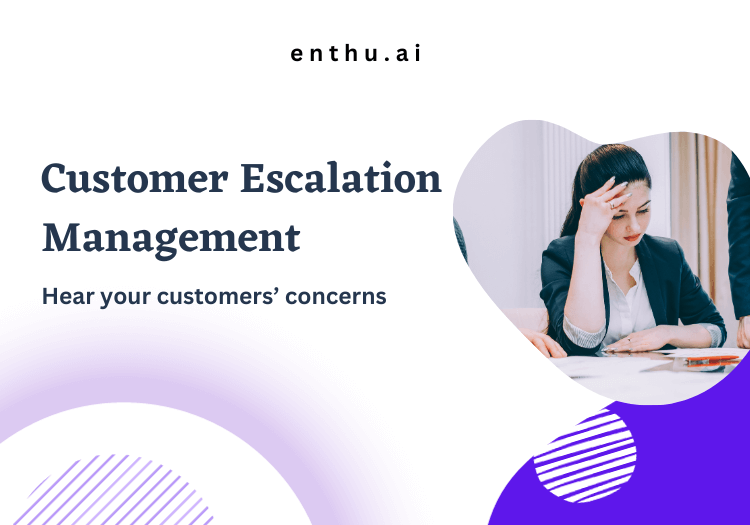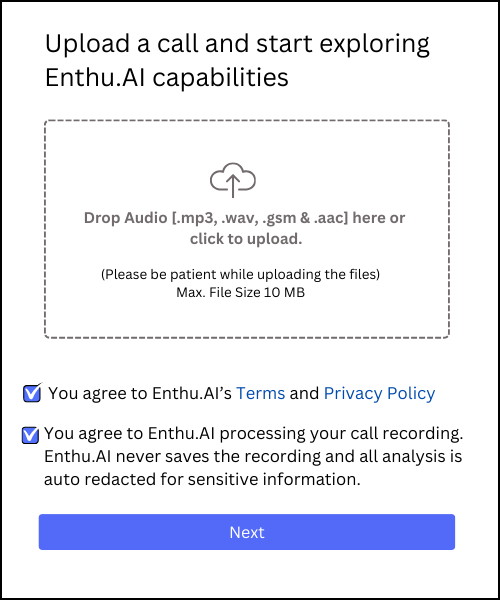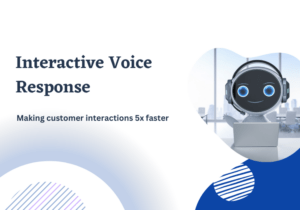Imagine this: your customer has ordered a product from your website, and now he is eagerly awaiting its arrival. However, when the package finally reaches his doorstep, he discovers it’s the wrong item.
He gets really frustrated and quickly reaches out to your customer service team for help. But, unfortunately, he ends up dealing with automated messages and not-so-helpful representatives.
This is where Customer Escalation Management comes into play – your lifeline in ensuring that you not only hear your customers’ concerns but resolve them effectively.
Escalation management equips your customer service team with quick tips and procedures to handle angry customers and ensure they receive practical assistance.
In this post, you’ll learn what escalation management is, its different types, and some best practices to manage these escalations.
In this guide, you’ll find:
- What is customer escalation management?
- Types of escalation management in customer service
- Escalation management best practices
A. What is customer escalation management?
Because customer expectations are rapidly increasing, managing and exceeding them in the best possible ways is vital for your business.
As per Salesforce research, 63% of consumers expect businesses to know their unique needs and expectations, while 76% of B2B buyers expect the same.
Escalated queries within your customer service are typically those that significantly negatively impact customer expectations.
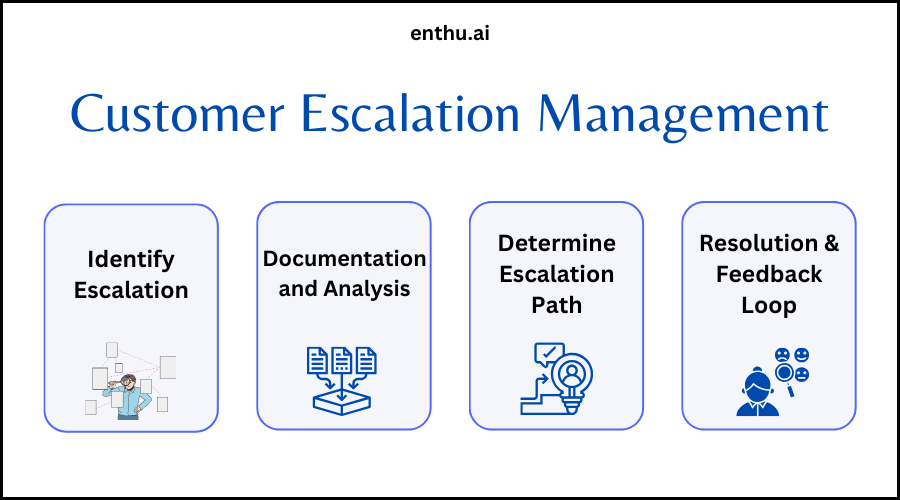
Customer escalation management is simply the process of handling these escalated queries or issues.
When your customer service agents can’t solve a customer’s problem or face a tricky question beyond their expertise, it’s time for escalation.
This means bringing the issue to upper management with the authority and resources to resolve challenging situations. Escalation happens when the current team needs help from those with more authority and knowledge.
B. What are the types of escalation management in customer service?
There are typically three types of customer escalations:
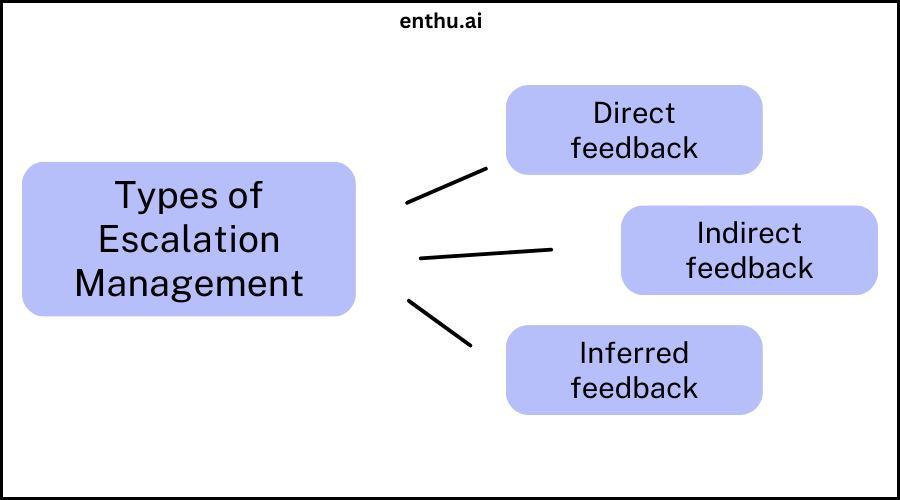
1. Functional escalation
In call center customer service, functional escalation is the process of directing a customer’s concern to a specialized team or a higher-tier support representative equipped with specific expertise.
For example, a customer contacts the call center with an issue regarding his new smartwatch. The watch is not syncing properly with their smartphone, and the frontline representative, who primarily handles general inquiries, might escalate the issue to the technical support team.
This team specializes in resolving complicated technical problems and can provide a more targeted solution for the syncing issue.
2. Automatic escalation
Automatic escalation is a technological mechanism that swiftly moves customer concerns to the next level based on predefined criteria. If a complaint meets specific conditions, such as extended wait times or recurrent issues, it gets noticed and dealt with more promptly.
Consider a scenario where a customer has been waiting for a resolution to their billing issue for an extended period. The automated system detects the prolonged wait time and automatically escalates the complaint to a higher level within the call center hierarchy.
This swiftly resolves the billing problem by involving a specialized team outside of standard procedures.
3. Hierarchical escalation
Hierarchical escalation in a call center involves elevating a customer’s concern up the chain of command when the representative is unable to provide a satisfactory solution. This process may include supervisors, managers, or higher levels of leadership to address the issue effectively.
For instance, a customer has a complex complaint about unauthorized charges on their credit card after a purchase from an online store. The agent may need more authority or expertise to handle such a situation.
In this case, the complaint could be hierarchically escalated to a supervisor or manager with the authority to investigate and resolve billing discrepancies. If needed, the escalation may continue to higher levels until a satisfactory resolution is achieved.
C. Top 6 escalation management best practices
By implementing these practices, you can create a robust framework for addressing customer issues, which will help you enhance customer satisfaction and continuously improve customer service operations.

1. Establish clear SLAs (Service Level Agreements):
Service Level Agreements are explicit contracts that describe the level of service a company commits to providing.
SLAs set specific benchmarks for response times, issue resolution, and other critical metrics in customer escalation management.
Implementation:
Define specific criteria: Clearly outline the criteria that trigger an escalation. This could include the number of attempts a customer makes to contact support without assistance, delivery timelines, or specific customer satisfaction scores.
Timeframes: Set realistic timeframes for issue resolution or response times. For example, commit to customer inquiries within a specified number of hours.
Regular review: Periodically review and update SLAs to remain relevant to the evolving needs of the business and customer expectations.
2. Develop well-defined escalation paths
Escalation paths are predefined routes that customer issues follow when certain SLAs are breached. These paths confirm that the right individuals or teams are alerted to quickly address and resolve the escalated matter.
Implementation:
Automation: Implement automated systems to trigger escalation paths when SLA breaches occur. This way, you can swiftly and consistently respond to potential issues.
Priority classification: Establish a transparent system for prioritizing escalations based on factors such as severity, urgency, and the potential impact on the customer.
Escalation matrix: Create an escalation matrix or flowchart visually representing the different paths for escalating and resolving customer requests. This provides clarity to the team on escalation processes.
3. Conduct thorough root cause analysis:
Root cause analysis involves a detailed examination of why an issue occurred in the first place. It seeks to identify the underlying factors contributing to the problem to prevent similar incidents in the future.
Implementation:
Involvement of original agent: Include the agent who initially handled the request in the root cause analysis. Their insights are valuable in understanding what went wrong and why.
Documentation: Thoroughly document the root cause analysis findings and share them with the entire team. This documentation serves as a reference point for preventing similar issues in the future.
Continuous improvement: Use the analysis to identify areas for improvement in processes, systems, or training. This contributes to a culture of continuous improvement within the customer service team.
4. Empower agents with empathy training
Empathy training involves equipping customer service agents with the ability to understand and share customers’ feelings. It goes beyond technical knowledge and emphasizes the importance of emotional intelligence in customer interactions.
Enthu.AI can easily highlights conversations that your agents are talking about, such as:
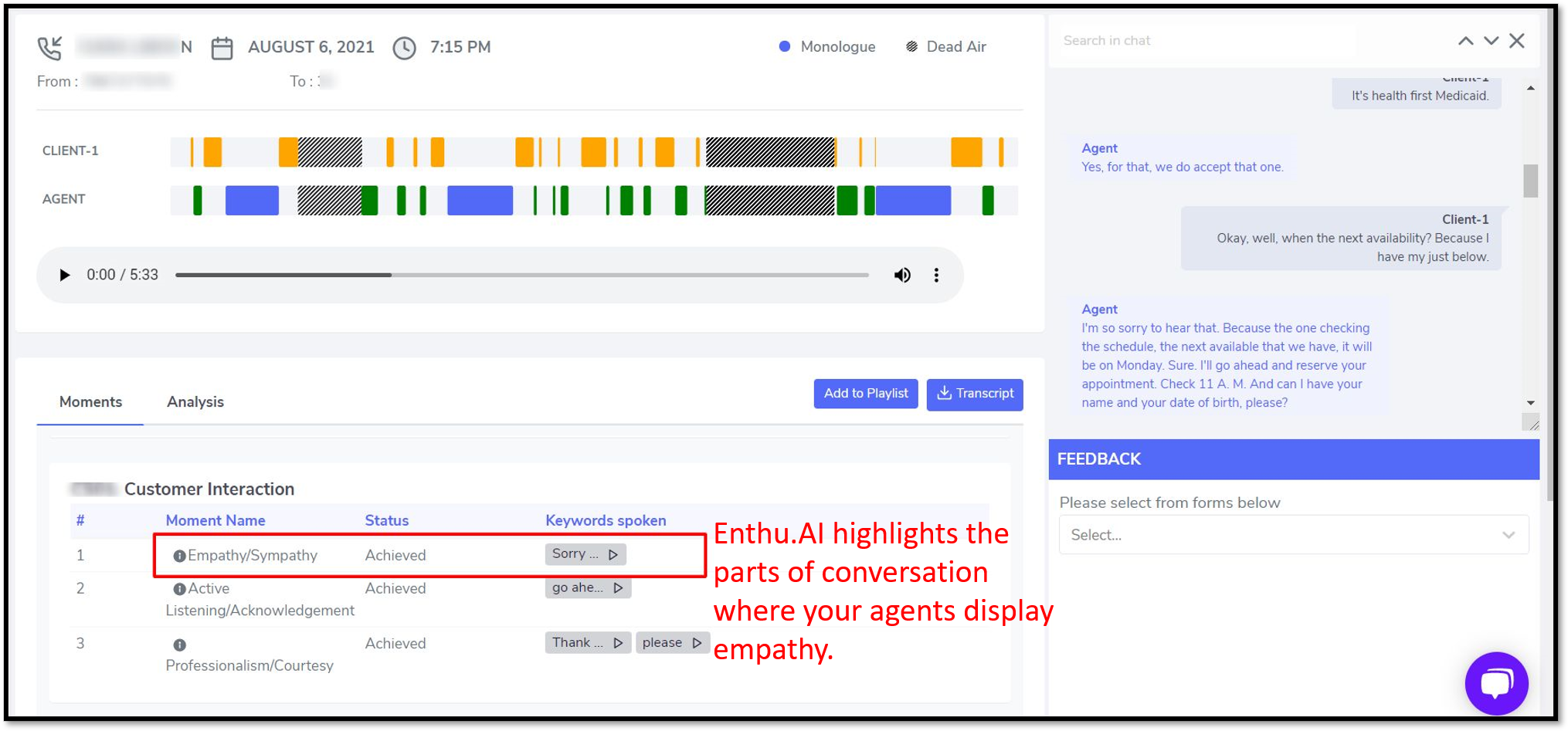
Implementation
Soft skills training: Provide training
Aiming on soft skills, with a focus on empathy. Teach agents to understand and acknowledge customer frustrations, using phrases that convey understanding and concern.
Customer-centric approach: Instill a customer-centric mindset in agents, emphasizing the importance of making customers feel heard and valued during challenging situations.
Role-playing exercises: Conduct role-playing exercises to practice empathetic responses and effective communication in various escalation scenarios.
5. Maintain transparent communication with customers
Transparent communication involves keeping customers informed about the status of their queries, the steps to take to address issues, and expected resolution timelines.
Implementation:
Timely updates: Communicate regularly with customers throughout the escalation process. Provide updates on the status of their query, steps being taken, and expected resolution times.
Post-resolution follow-up: Even after resolving the issue, follow up with customers to ensure satisfaction and address any lingering concerns. This demonstrates a commitment to ongoing customer support.
Proactive communication: Anticipate and address potential customer concerns before they escalate by proactively communicating about known issues or delays.
6. Utilize effective escalation management tools
Escalation management tools are software solutions that streamline workflows, automate assignment processes, and facilitate organized tracking of escalated issues.
Today, there are many other tools in the market, like Enthu.AI, that you can use to elevate the issue-handling process.
Enthu.AI is a conversation intelligence software whose various features, such as speech analytics, call monitoring, call transcription, and quality assurance, help you solve negative issues effectively.
Ultimately, it enables you to boost agent performance, understand customer sentiment & improve revenue.
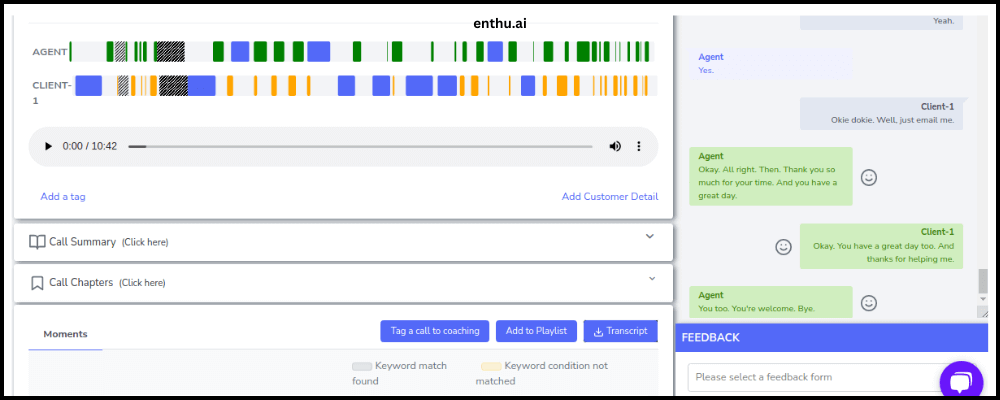
Implementation:
Help desk software: Implement help desk software that streamlines ticketing automated workflows and facilitates organized tracking of escalations.
Integration with communication channels: Choose tools that integrate with various communication channels, such as email and live chat, ensuring a unified approach to handling customer queries.
Performance analytics: Utilize tools that provide analytics and reporting on escalations, allowing the team to track performance, identify trends, and make data-driven improvements.
Cultivate customer loyalty & retention and enhance positive customer experience.
Conclusion
Mastering the art of customer escalation management is pivotal for any business aiming to deliver exceptional customer service.
The evolving landscape of customer expectations demands a proactive approach to address escalated issues promptly.
By embracing these practices, businesses can transform customer escalations into opportunities for improvement, reinforcing customer satisfaction and loyalty.
Handling customer issues really well doesn’t just make customers happy – it makes your business stand out as a leader in the market.
When you deal with problems effectively, it’s not just about solving them; it’s about showing that your customer support is top-notch and better than the rest.
FAQs
What is customer escalation management in a call center?
Customer escalation management in a call center involves the systematic process of addressing and resolving customer issues that frontline representatives need help to handle.
What is the escalation process for customer success?
The escalation process in customer success is a structured approach to handling and resolving customer concerns that go beyond routine support. It typically involves moving the issue up the hierarchy to managers or specialized teams.
How can we improve the escalation process?
To enhance the escalation process, businesses can establish clear escalation paths, implement automation for swift responses, conduct thorough root cause analyses, and empower agents with empathy training. Regularly reviewing and updating Service Level Agreements (SLAs) and maintaining transparent communication with customers are key to improvement.
